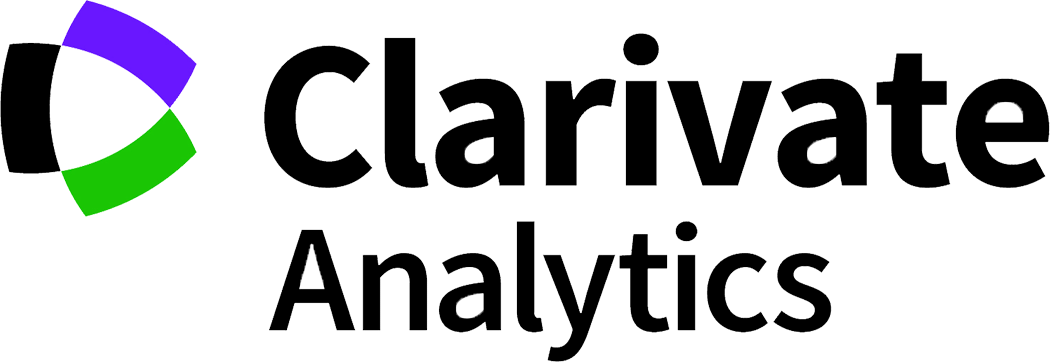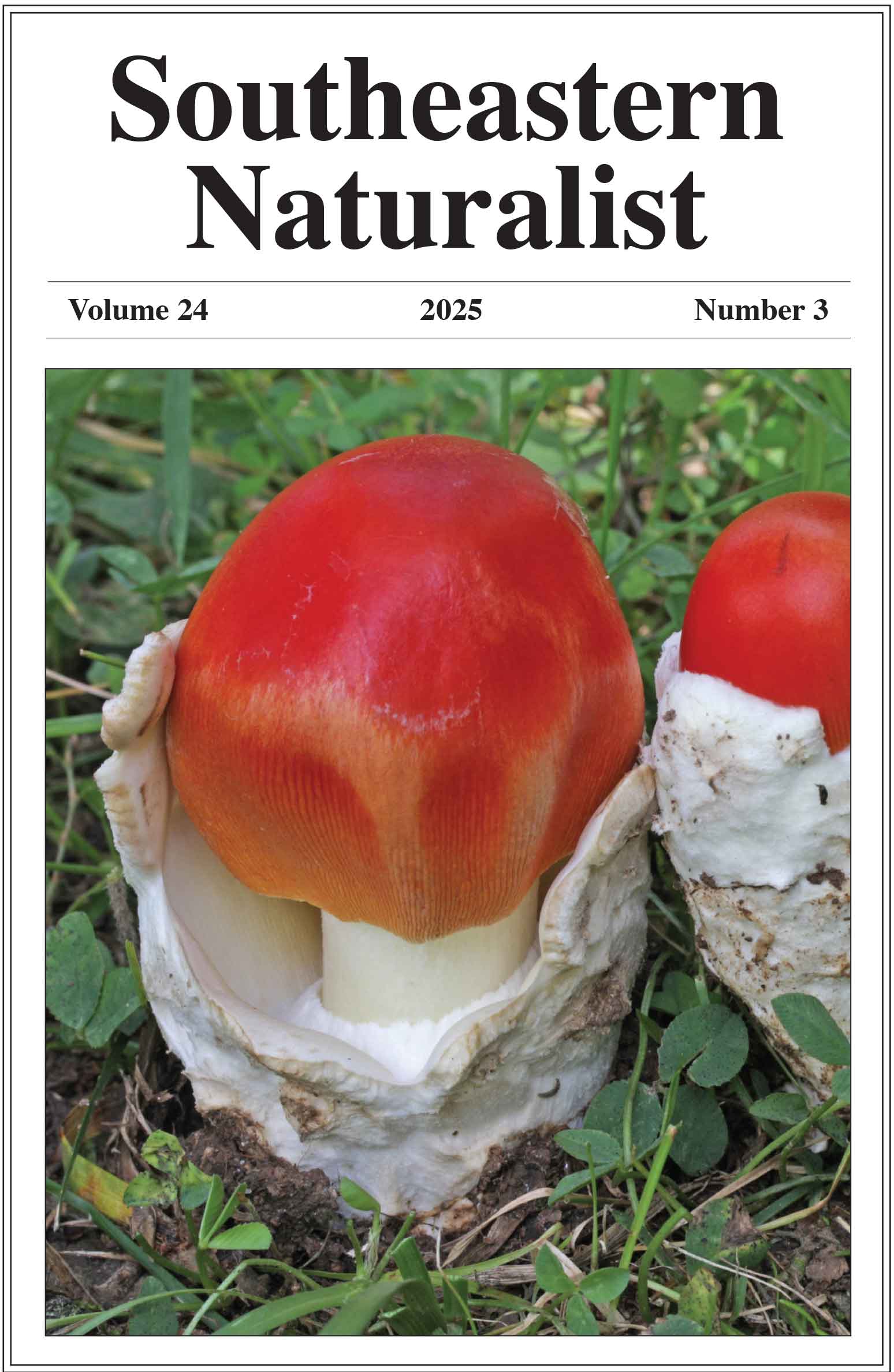Are Solunar Charts as Predictable as They Claim? Comparing Solunar Ratings to Activity Patterns of Male White-tailed Deer
Tristan J. Swartout1,* and Stephen S. Ditchkoff1
1College of Forestry, Wildlife and Environment, Auburn University, 602 Duncan Drive, Auburn, AL 36849. *Corresponding author.
Southeastern Naturalist, Volume 24, Issue 2 (2025): 137–150
First published early online: 24 May 2025
Abstract
For decades, the hunting community has used solunar charts to predict activity patterns of Odocoileus virginianus (White-tailed Deer, hereafter Deer). Solunar charts claim to predict increased animal activity during daily lunar events (i.e., moonrise, moonset, moon underfoot, and moon overhead) and as the moon approaches a new or full phase, based on gravitational pull. Solunar charts are used by the general public, but research on the accuracy of these charts is limited. Our objective was to examine activity patterns, based on distance between location fixes, of male Deer in relation to the day-rating system used in solunar charts. In December–February of 2009 through 2011, we examined activity patterns of 22 GPS-collared adult male Deer at a high-fenced property in Alabama in relation to a solunar-chart rating system using a 1–4 scale (i.e., 1 being the lowest predicted activity and 4 the highest). We deemed a Deer active if the distance it travelled in the 15-minute span between location fixes was greater than our minimum-distance threshold of 51.78 m. For analysis, we used a generalized linear mixed-effects model with a binomial distribution (active or inactive) comparing Deer activity to a predicted window period and a solunar-chart rating scale. We found that during the predicted movement periods of moonrise and moonset, Deer were 0.30 and 0.37 times more likely to be active on the highest rated day versus the lowest rated day, respectively. Whereas during the predicted movement periods of moon underfoot and overhead, Deer were 3.02 and 2.83 times more likely to be active on the highest-rated day versus the lowest-rated day, respectively. Furthermore, we found a decreasing probability of activity as day rating increased during moonrise and an increasing probability of activity as day rating increased during moon overhead and moon underfoot. During moonset we observed an increased probability of activity between day rating 1 and 2 but then a decreasing probability of activity as day rating increased to 3 and 4. This study supports prior findings that solunar charts show inconsistencies in predictions of Deer activity. However, we also further documented evidence that Deer-activity patterns varied based on lunar events and phases. As a result, we cannot fully disregard the potential that Deer activity may vary during different periods of the lunar cycle. We believe these findings warrant further research examining lunar effects on activity patterns of Deer across different regions, sexes, and time of the year (i.e., breeding and non-breeding season).
![]() Download Full-text pdf (Accessible only to subscribers. To subscribe click here.)
Download Full-text pdf (Accessible only to subscribers. To subscribe click here.)
Access Journal Content
Open access browsing of table of contents and abstract pages. Full text pdfs available for download for subscribers.
Issue-in-Progress: Vol. 24( 4) ... early view
Check out SENA's latest Monograph and current Special Issue in progress:













 The Southeastern Naturalist is a peer-reviewed journal that covers all aspects of natural history within the southeastern United States. We welcome research articles, summary review papers, and observational notes.
The Southeastern Naturalist is a peer-reviewed journal that covers all aspects of natural history within the southeastern United States. We welcome research articles, summary review papers, and observational notes.